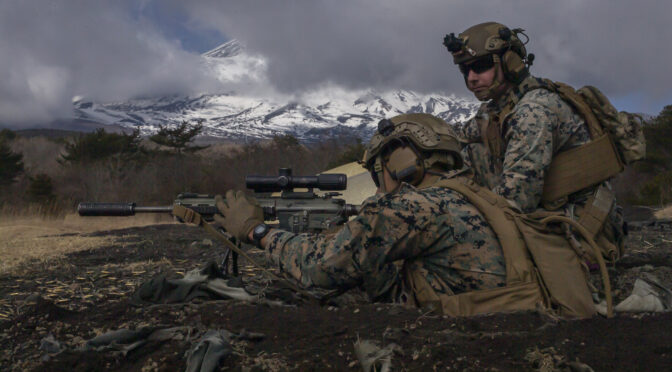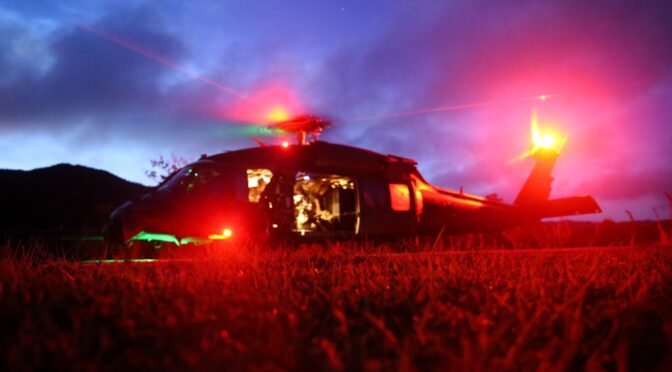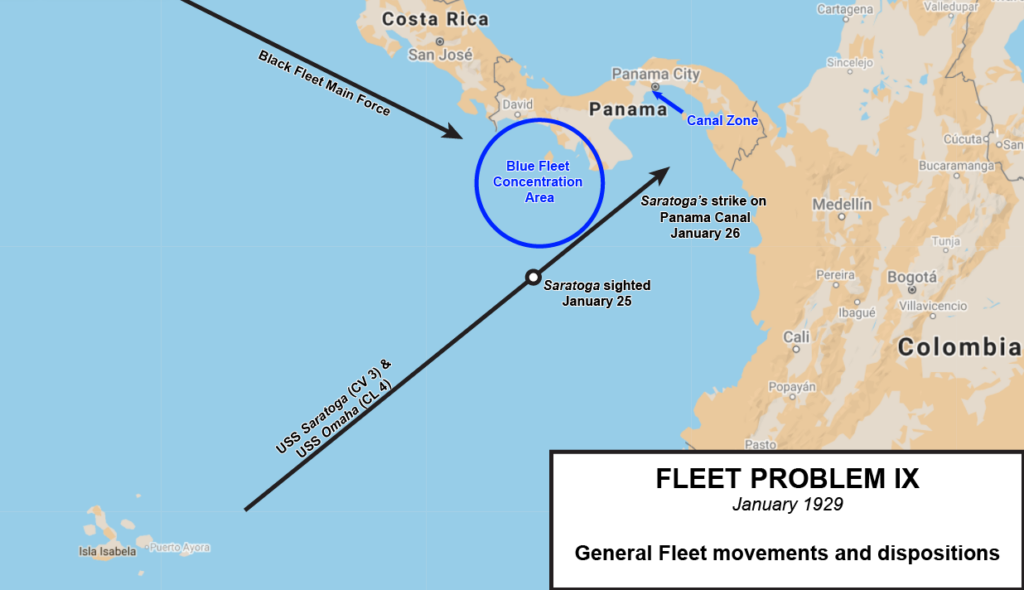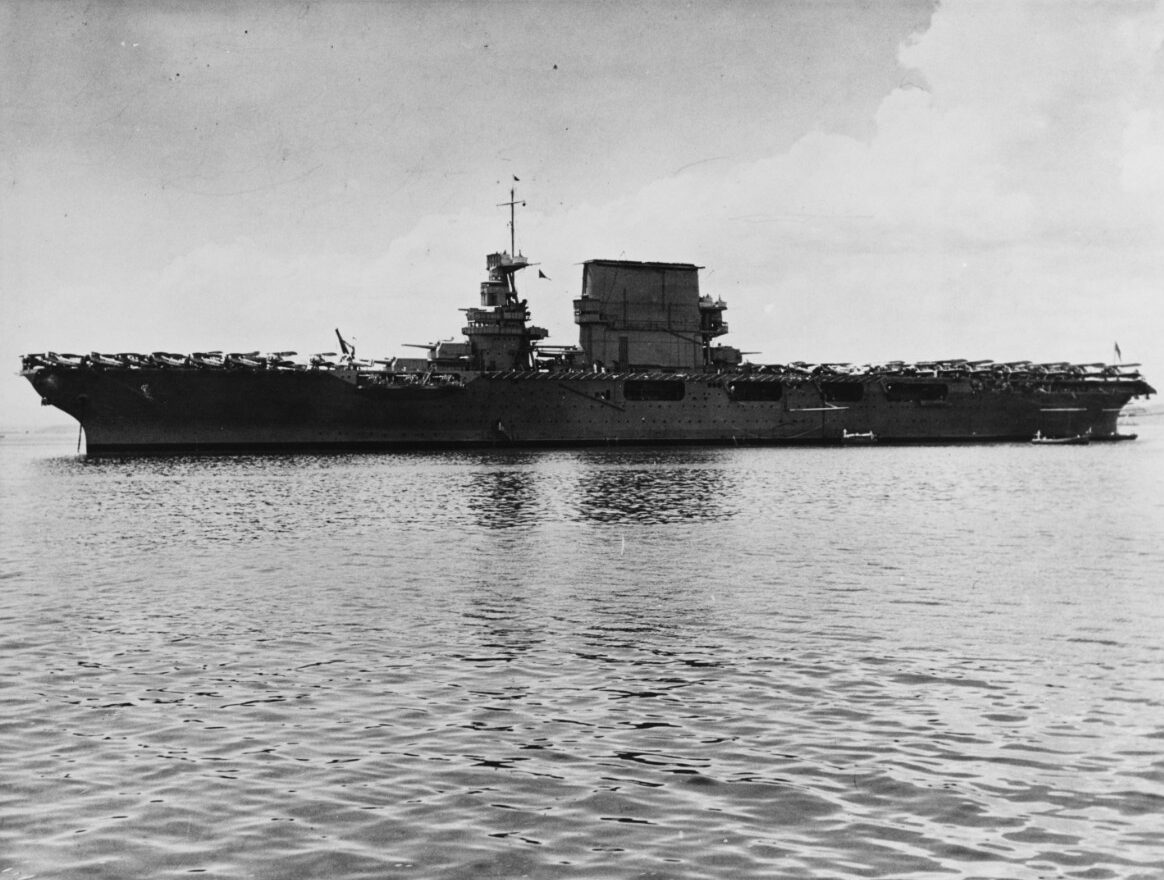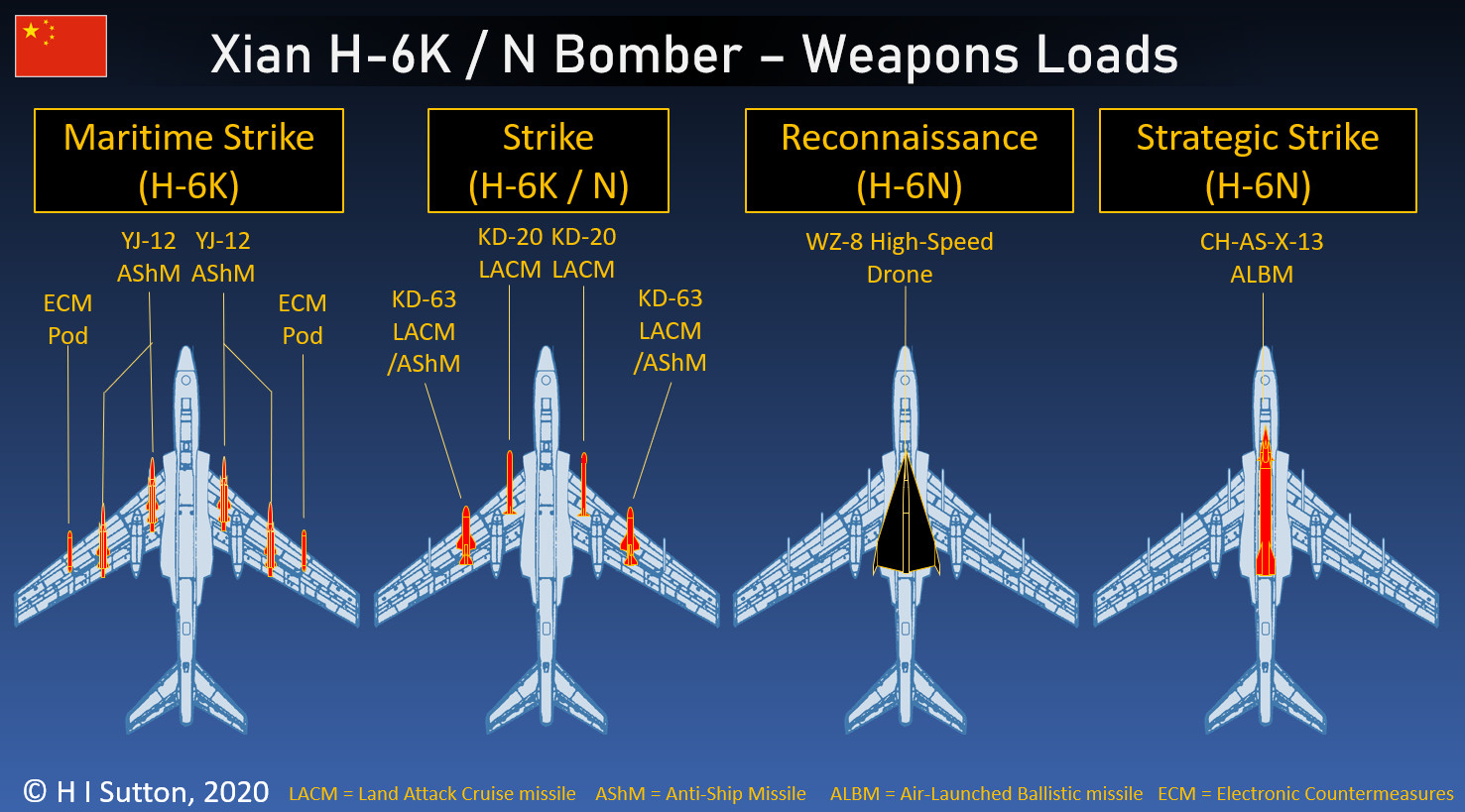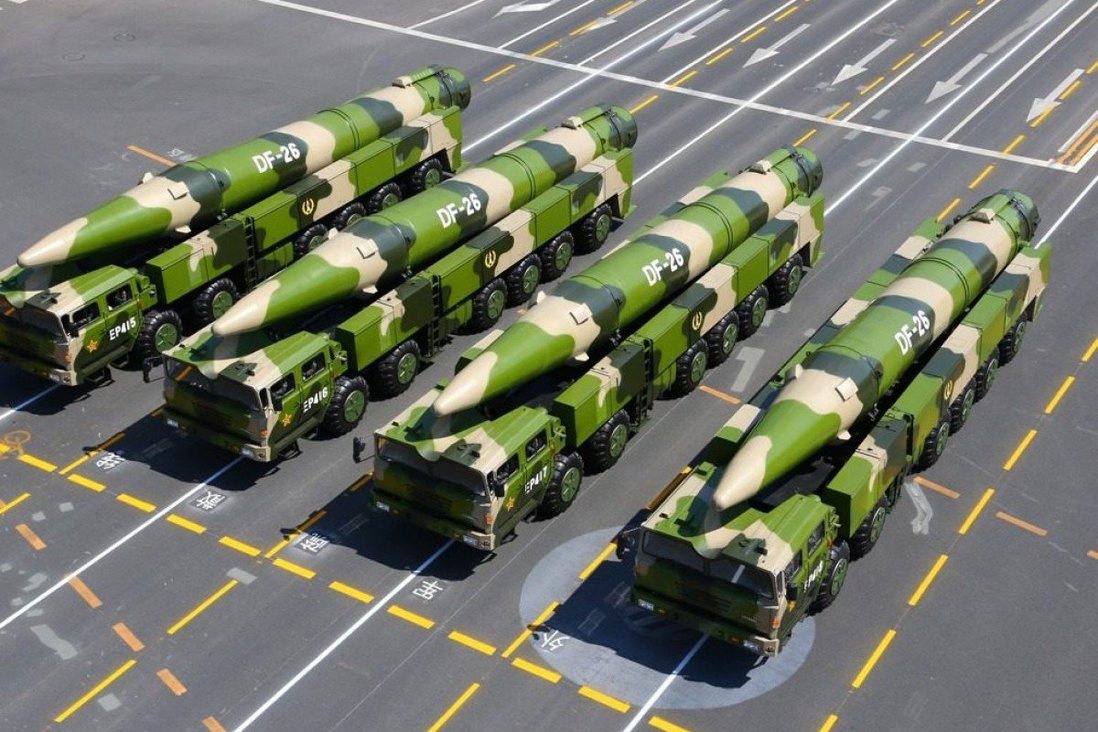This article originally published on the Marine Corps Gazette in 2002 and is republished with permission.
By Col. Mark Cancian, USMCR
“. . . The enemy is not an inanimate object to be acted upon but an independent and animate force with its own objectives and plans. While we try to impose our will on the enemy, he resists us and seeks to impose his own will on us. Appreciating this dynamic interplay between opposing human wills is essential to understanding the fundamental nature of war.”—Marine Corps Doctrinal Publication (MCDP) 1, Warfighting
Marines pride themselves on their willingness to take risks, to challenge themselves, and to learn from their mistakes. Why, then, is Marine tactical training so timid? The typical Marine exercise is a highly scripted event against an opponent who passively reacts to actions, never takes the initiative and, as a result, never challenges Marines. We Marines believe we are master tacticians, ready to take on any adversary. In reality we are like a football team that scrimmages against easy opponents and, because it always wins, thinks it is ready for the Super Bowl. Are we in fact as good as we think? The only way to find out, short of actual war, is to pit ourselves against a dynamic, thinking, aggressive opponent.
Unfortunately, this rarely happens. The typical exercise begins with planning conferences that lay out objectives, timelines, and scenarios. Then the exercising unit develops an operations order based on a clear mission and, generally, accurate intelligence. Finally, the unit executes. In doing this we tell ourselves that we are exercising tactics, techniques, and procedures, but really we are only exercising techniques and procedures. Tactics are essentially choreographed; if there are aggressors, they have instructions about when to resist and when to fall back. They are training aids. If the exercise is a command post exercise (CPX), then there is a “game path” or master scenario event list — a sequenced set of events established beforehand to accomplish the training objectives. Too often the CPX becomes “a drill devoid of analysis and spontaneity.”1
Training in techniques and procedures does have real value. It reduces internal friction, speeds up the OODA (observation, orientation, decision, action) loop by making routine events happen automatically, and allows staffs to process large quantities of raw data quickly and effectively. Excellence in techniques and procedures is a combat multiplier — fires arrive on time, fleeting opportunities can be grasped, and logistical support arrives when and where needed. But tactics are still paramount. Even highly refined techniques and flawlessly executed procedures count for little if the underlying tactics are flawed. As the combatants of World War I learned to their grief, detailed and precisely executed artillery barrages, meticulous timetables of unit advances, and thorough logistical preparations will all fail if the basic scheme of maneuver calls for unprotected infantry to frontally attack prepared defensive positions.
The way to learn tactics is in free play, opposed exercises. Only then can Marines experience externally generated friction, the uncertainty of an unscripted enemy, the value of high tempo and, ultimately, the learning that goes with failure. Classroom instruction has a place in teaching the basics — the principles of war, the nature of combat, the mechanics of planning, and the lessons of history. But classroom instruction can only go so far. Indeed, at some point classroom instruction becomes counterproductive because, when relied on exclusively, it implies a battlefield that is controllable, predictable, and transparent. Furthermore, classroom instruction tends to emphasize form over content — that a properly formatted order is more important than the operations directed.
“. . . [O]nly in opposed, free-play exercises can we practice the art of war. Dictated or ‘canned’ scenarios eliminate the element of independent, opposing wills that is the essence of war. “—MCDP1
This idea of opposed, free play exercises is not new, having been adopted by all the other Services years ago. For example, in 1968 a Navy study of air combat over Vietnam showed that training weakness was in part to blame for the poor air-to-air exchange ratio. Accustomed to ratios in Korea like 6 to 1 or 8 to 1, the Navy was barely making 2 to 1 against a Third World air force with inferior aircraft, vulnerable bases, and a low level of technology. In response, the Navy established the Naval Fighter Weapons School — “Top Gun” — to train crews in air-to-air combat. Kill ratios rose to 12 to 1. The Air Force, seeing similarly disappointing performance in its air-to-air engagements, established its own force-on force exercises, called “Red Flag.” All of these exercises featured a realistic combat environment and an opposing force (OpFor) that, while using “threat” tactics, did its best to win. The Air Force’s research was explicit: in their first engagement American pilots had only a 60 percent chance of survival whereas by 10 missions they had a 90 percent chance. The key then was to realistically simulate the first 10 missions in peacetime.
The Army’s National Training Center (NTC) has become the classic example of opposed exercises.2 Established in 1981, it is the world’s premier ground training facility. Every year nine brigades rotate through “the box” engaging the OpFor in a series of realistic battles. The OpFor has distinctive vehicles and uniforms and, most importantly, a free hand to win if they can. What makes the experience distinctive, also, is the range instrumentation. The multiple integrated laser engagement system (MILES) uses lasers and sensors to simulate direct fire. There are no more arguments over who shot who. It is all recorded in the computer center for later replay and analysis.
Several aspects of the training experience are noteworthy. First, the Army has resisted efforts to “dumb down” the OpFor. The OpFor, knowing the ground and being thoroughly trained in their simple but effective tactics, usually wins. This embarrasses many “blue force” commanders who were accustomed to the usual exercise where the “good guys” always won. As one observer put it, these traditional exercises “smacked a lot of cowboys and Indians, with very stupid, indolent Indians.” Like Custer at the Little Bighorn, however, many commanders at the NTC find that they are not as good as they thought — nor is attaining victory as easy as they had been led to believe. But only through failure can units improve. Second, this is a training experience, not a test. Mistakes are accepted and learned from, not punished. This is very difficult for no-error, look-good, peacetime institutions to accept. Third, there is a ruthless after-action review. No sugarcoated, self-esteem building, commanding officer protecting, go-easy review here. A typical summary says something like the following:
“Insufficient combat elements designated as main attack to penetrate enemy defenses. Task force [TF] attack was unsuccessful. TF did not accomplish mission. TF lost two-thirds of combat power.”
Finally, NTC revitalized the Army’s lessons learned process because people actually wanted to know what happened before. Lessons learned were not just an intellectual exercise but something that affected unit and personal performance.
NTC is not perfect. It simulates indirect and aviation fires poorly, and it cannot replicate the sounds and fear of actual combat. It is also very expensive in both time and dollars. Still, it was a major step forward for Army training. The proof, many Army officers believe, was in DESERT STORM where U.S. units were not just technologically superior to the Iraqis but were tactically superior as well.
NTC was such a success that the Army replicated the training experience for light forces (Joint Readiness Training Center), European forces (Combat Maneuver Training Center), and high-level staffs (Battle Command Training Program (BCTP)). This last is particularly interesting because it offers the opportunity for an opposed exercise without the disruption and cost of involving entire units. Further, it focuses tactical training on the key players — commanders and staffs — without using their units as training aids. BCTP’s capstone event is a computer-driven CPX. In this exercise the blue force pits its plan against an independent, intelligent OpFor. Though not having as much latitude as the NTC OpFor — for both technical and training reasons — the BCTP OpFor still regularly defeats the blue force. An after-action review at the end, using data collected by the computer and by exercise controllers, gives candid feedback to the exercising unit.
The Marine Corps is not a complete stranger to opposed exercises. During the 1980s at Quantico, for example, there was a surge of interest connected with 29th Commandant Gen Al Gray’s emphasis on maneuver warfare. Quantico experimented with a variety of exercise forms, from completely scripted to completely free play. They discovered that opposed and free play exercises are not an either/or proposition but a continuum where the structure depends on the purpose of the exercise. However, the key to deciding whether an exercise was truly free play was whether the Marine side was ever defeated. Many exercises claimed they were free play, but the Marines always won. The Marine Corps also used the Army’s instrumented ranges to conduct a major force-on-force experiment (Advanced Antiarmor Vehicle Evaluation (ARMVAL)), but from a training perspective the results were not encouraging. As the head evaluator noted:
“The Marine force was soundly defeated in battle after battle until the Marines were able to get their act together and develop the techniques necessary to win…It was a sobering experience.”3
What’s the Real Value of Opposed Exercises?
Yes, everyone agrees in a general sense that opposed exercises provide excellent training, but what exactly is so important that it cannot be obtained in a regular exercise?
- Experiencing friction. Clausewitz said that friction is what separates real war from war on paper. To be sure, unopposed exercises also have friction, sometimes a lot. As everyone who has maneuvered down the Delta Corridor at Twentynine Palms knows, the targets may not move or shoot back, but they are sometimes very difficult to hit given the internal friction and sometimes plain cussedness of our fire support system. Nevertheless, facing a dynamic, thinking, hostile opponent creates a whole new level of friction. Instead of passively waiting to be “serviced,” targets move around, hide, and even shoot back.
- Seeing what works tactically. The problem with tactics in an unopposed exercise is that everything succeeds. At the bar afterward Marines may argue about what tactics might have succeeded and what might have failed, but it is all theoretical. In the end one person’s tactics are as good as another’s. No one really knows. With opposed exercises there is an answer. In 1982 there was a dramatic illustration of this at the Amphibious Warfare School when the final exercise was structured as a free play exercise against an unconstrained OpFor. The “Marine” side was crushed, not just once but three times, the result of unimaginative tactics.
- Testing theory and doctrine. The Marine Corps has used opposed exercises very effectively in its WARRIOR series of battle experiments. HUNTER WARRIOR showed that “swarm” or “infestation” tactics, while having promise in some situations, were not yet a substitute for more traditional approaches, contrary to the hopes of its advocates. In URBAN WARRIOR the Corps discovered that its existing urban tactics, based on civilian police models, produced unacceptable casualties and needed radical revision. Both experiments took institutional courage because the favored outcomes were not achieved.
- Developing fingerspitzengefuehl. Literally “fingertip feel,” fingerspitzengefuehl means developing an intuitive feel for battle. Although German terms are now out of favor, this term does capture what is missing in Marine tactical training — the competence that comes from deep experience.
“Training scenarios must pit Marines and their commanders against skilled and determined adversaries who fight to win. We must continually test ourselves in difficult situations . . . Marines will make tactical mistakes from time to time. If we treat these mistakes as learning opportunities, the lessons will not be forgotten. “—Commandant of the Marine Corps Campaign Plan, 1999
So What Do We Do?
In his campaign plan, the Commandant laid out clear direction to conduct opposed, free play training, but unfortunately, that guidance has never been implemented. Further, Marines have always had great interest in such exercises and periodically units do, in fact, conduct them. What is needed, therefore, is a way to institutionalize this training so that it happens routinely. The problem, of course, is cost, both in dollars and in training time.
Ideally, the Marine Corps would have some equivalent of the Army’s NTC, perhaps as part of a Marine expeditionary unit (special operations capable) workup or a rotation to the Marine Air-Ground Task Force (MAGTF) Training Command Twentynine Palms. A battalion-sized force-on-force exercise would challenge not just commanders and staffs but platoon leaders, squad leaders, and individual Marines as well. With its purchase of MILES 2000 the Marine Corps owns the basic equipment. To be sure, this would constitute a substantial commitment of resources. Perhaps as an experiment the Marine Corps might conduct one such exercise to test the concept, ascertain its value, and understand the commitment of resources.
CPXs offer a way to train commanders and staffs without committing whole units and might, therefore, be an easier way to begin. Furthermore, the Corps has the mechanisms already in place to implement free play, opposed CPXs. One mechanism is the MAGTF Tactical Warfare Simulation (MTWS). MTWS is a computer assisted wargaming system that replaced the older Tactical Warfare Simulation Evaluation. Physically, MTWS consists of a suite of terminals for different players all connected to a central processor. The computer simulates the operations, from ground combat to fire support and nuclear/biological/chemical warfare. It has been fielded to each Marine expeditionary force (MEF), to Quantico, and to Twentynine Palms. Currently MTWS is used mostly to prepare for major exercises and to hone techniques and procedures. However, it does have provisions for an OpFor and could easily provide an opposed, free play evolution for commanders and key staff.
For higher-level staffs there is the MAGTF Staff Training Program (MSTP). MSTP is the Corps’ institutional expert on the Marine Corps Planning Process, providing instruction and supporting exercises on all aspects of the planning process. Its most visible activities are two annual MEF training programs that culminate in a major CPX involving the hundreds of Marines needed to establish a MEF-level command network. Structuring the exercise is an elaborately prepared scenario and a sophisticated computer simulation. Because the MEF exercises involve so many people and organizations, maximizing training value is key. Although the simulation gives insights into tactical success or failure, exercises need to unfold in planned ways so that all the training objectives are covered. Unfortunately, this minimizes spontaneity and free play. However, MSTP has all the elements to provide an additional, separate training opportunity for key staff, either as part of the MEF training or separately. Such an exercise could focus on tactics. Instead of taking entire command posts to the field, a small number of commanders and key staff could participate in a free play exercise using MSTP’s OpFor and computer simulation. Another possibility would be to provide this kind of training for Marine expeditionary brigade (MEB) staffs. The Corps has recently reestablished MEBs but has not yet found a good way to exercise these staffs. A free play, opposed CPX might be a good mechanism for both training in tactics and organizing MEB staffs.
Conclusion
From Belleau Wood to Tarawa to Hue City, the Marine Corps has a long history of overcoming faulty tactics through blood and courage.4 But we should not climb to victory on the backs of our Marines. Commanders owe their troops the highest level of tactical competence. Opposed, free play exercises offer a way to better train commanders in their foremost task — tactical decision-making. As MajGen J. Michael Myatt noted in his article, “Comments on Maneuver” (MCC, Oct98), “If we, the senior leadership, understand that we must outthink our opponents, then there will be a lot less fighting and dying by those youngsters entrusted to us.” Yet, opposed exercises are a training experience that the Corps has not much used and where the Corps is noticeably behind the other Services. The reason for this failing is unclear. Are our egos so fragile that losing in an opposed, free play exercise would fatally wound our self-esteem?
Colonel Mark Cancian is the Director, Land Forces Division, Office of the Secretary of Defense.
Notes
1. Ennis, Michael, Maj, “A Realistic Command Post Exercise,” Marine Corps Gazette, June 1983, pp. 53-57.
2. See, for example, Marine Corps Gazette, June and October 1999.
3. Thompson, Robert H., Col, “Lessons Learned From ARMVAL,” Marine Corps Gazette, July 1983, pp. 36-44. Anyone who believes that Marines are tactically well trained should read this article. Although 20 years old, the article’s insights are still very powerful.
4. Moore, Scott, LtCol, “How Expensive Heroism Seems When It Comes With the Price of Dead Marines,” Marine Corps Times, 23 July
Featured Image: CAMP FUJI, SHIZUOKA, Japan (March 14, 2022) – U.S. Marines with Battalion Landing Team 1/5, 31st Marine Expeditionary Unit, engage targets during an unknown distance course at Combined Arms Training Center Camp Fuji, Japan, March. 14, 2022. (U.S. Marine Corps photo by Lance Cpl. Manuel Alvarado)

